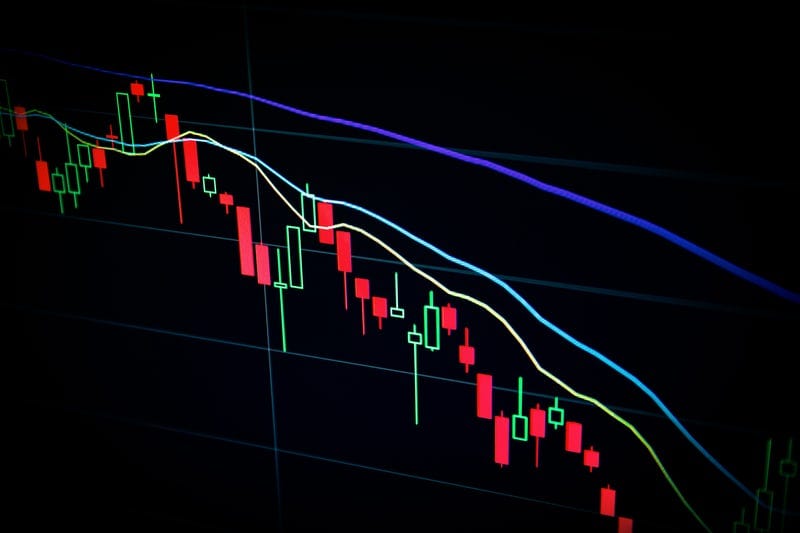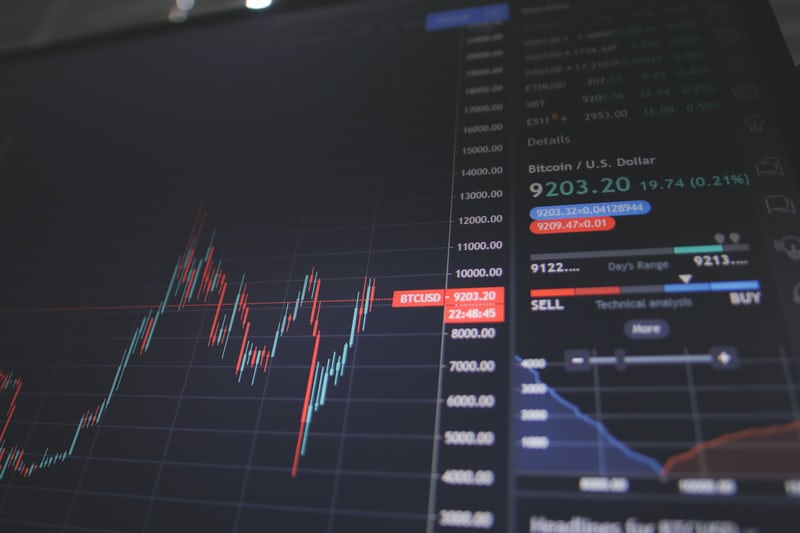Buy and hold is a classic strategy that doesn’t disappoint.
It is part of a strategic passive investment thesis that is reliable, cost and time efficient and ultimately effective.
Day traders don’t know what they are missing out on.
The only major downside that most investors, specifically youngsters cannot fathom is having to adopt extended patience and diligence beyond one-day gains.
The more you monitor, tinker, whatever you want to call it with your investments, the less likely you are to earn more than what you started with. Constantly rebalancing and trying to seek a once in a blue moon opportunity is rare and usually never happens.
Why?
Because the best opportunities come about when you least expect them.
Let’s identify how that happens.

Too Fast Too Slow
Trying to time the markets is a tedious all-day process that only people with allotted time on their hands or full-time day traders engage in. Their main goal is to generate an unexpected quick profit through active trading. This involves charting prices and momentum through fancy active analysis and constantly refreshing their Reddit and CNBC feeds for repetitive news. This is taxing on the mind and usually gets nowhere as 90%+ of day traders loose money.
So why is it so enticing and youngster can’t get enough of it?
We focus too heavily on past performance and on retail trading platforms enticing promises.
Although we weigh our losses more than our wins since they sting for longer, we can’t get away from our wins as we are convinced we become luckier next time.
Now don’t get me wrong, the more time you spend on something, the more luck is presented yet that doesn’t guarantee any promises in the future.
Remembering that past performance isn’t indicative of future results is thrown out of the window when it comes to day trading. The stock market isn’t a market anymore. It is Vegas with no rules and immense speculation and table talk.

Fun and Safe
But what if you want to earn big quick and not engage in this behavior. Is it possible without all the risk?
Besides the slow path towards building generational wealth which is typically found in capital intensive investments such as real estate or alternatives in art or farmland, buying the dip is a strategic way to time your investments and understand where your money is flowing to.
There’s no doubt ‘buying the dip’ is synonymous with active trading. You must spend the time to seek opportunities that are hidden in the market, usually in unprofitable yet high potential companies such as within value stocks and lock in your position before anyone else does.
Yet there is an easier way to go about it than loosing more than you put in and getting attracted to the nonsense hype.
The Big Dipper
Many retail investors are lured by purchasing an asset after it has dropped in price to lock in potential gains as they expect it is a bargain and will skyrocket. Although this isn’t traditional passive investing, it isn’t dangerous to take calculated bets here and there.
‘Buying the dip’ is typically disguised as a safe strategy through a guessing game approach as many of these novice ‘Robinhooders’ haven’t recovered from their audacious ‘dip’ buying.
The point is to increase the risk and reward. The more risk one takes, the more reward is possible or the opposite. It all fails!! This is based on price movement (momentum), something passive investors don’t focus on as they are in it for the long-term riding out the waves.
Since major indexes historically go up overtime due to wealth accumulation, innovation, globalization and various other factors that lure more investors into the market, dips are irrelevant to long-term investors but can be helpful many times when the price is right.
I believe it is important to have a balanced diversified portfolio at all times at any age. This means having an appropriate split of active versus passive asset classes in one’s portfolio. This is done by taking into consideration your age, risk tolerance, time-horizon, short/long term goals and certain constraints including but not limited to taxes, debt load and additional risks you plan on taking in your career/personal life that might affect the amount of money you can invest in.
Your investment split should be more aggressive when you’re younger as low as 50/50 active/passive at my age of 20 since you are able to ride out the dips and price waves and then gradually lean towards a more conservative approach (fixed-income, money market funds-CDs, Treasury bills) as you age towards passive funds to stabilize returns in case you need to cash out/sell your investments for some reason,
Understanding the logic behind “buy the dip” chatter can be useful at any stage since no one knows when a dip occurs since after all, it isn’t a true dip until it goes back up.
Blend of Both
We’ve established that buying the dip isn’t as helpful or works as best as passively investing yet it can be a part of a healthy balanced portfolio. In the most recent months, surprisingly, retail traders have been tired of ‘buying the dip’ according to Bloomberg news. Any time a media mogul or famous figure mentions a stock, it can go shoot any direction which tends to cause panic selling or buying known as a rallying cry during volatile pandemic times.
Even last week Bitcoin sank 17% in a matter of minutes after El Salvador’s president sent out an encouraging tweet becoming the first country to adopt Bitcoin as a legal tender.
I’m finding that active traders are slowly moving into passive investing for the long run as they are seeing it is impossible to find a dip without diligence, extra time and leverage they cannot afford to take.

Hurt or Heal
‘Buying the dip’ is aggressive by nature but as long as you know what you are getting into and how much you will allocate towards speculative risky actions, 1 move in a matter of weeks can return more than the yearly performance of an index fund.
Buying the dip can make you richer or poorer faster but at the same time improve your risk-adjusted returns by better understanding how much risk is involved inadvertently improving potential wealth gains.
According to Dan Egan, managing director of behavioral finance and investing for robo-advisor at Betterment, for new investors, buying the dip gets them to better understand how volatile the market swings are and can be part of a balanced portfolio.
Accordion to Bloomberg, “What’s more, the strategy can help an investor manage the market’s ups and downs, but it comes with a tradeoff — cash sitting on the sidelines waiting to be invested in those drops. During the time that money is not invested in the market, it’s not growing since interest rates are near zero.”
Although cash is king, this is a legitimate point. Once you’ve allocated enough for your passive funds, you can either spend, invest or save that surplus and there’s no better feeling than investing.
All in all, moderation is key in any approach. From eating to investing. Not too much of anything is a good thing. Passive investing isn’t going to allow you to generate a substantial return right away that you can use towards a mortgage on a fancy new property you plan on getting next month yet it will allow you to make sure your retirement, educational and security fund is set in stone to secure a piece of mind for decades to come.
As an investor, you have more control than you think. Don’t loose sight of it. What looks enticing is more dangerous than not but that doesn’t mean you can’t get a slight taste of it.
Never go overboard with anything, including a passive approach for that matter either. You want your money to work for you after all.
Buying the dip won’t necessarily make you richer over time, but it can improve your risk-adjusted returns and realism. Plus, as long as you don’t take it too far, advisers say it’s an easy way to tame your nerves during market turbulence which we could all use help on.
There’s always an opportunity cost with everything.
Buying the dip is a helpful reminder to keep investors alert about where their capital is being put to use so it doesn’t decline in purchasing power.
No investment strategy is guaranteed. Pullbacks to reversals, corrections and downtrends will happen it’s just a matter of when and how you’re willing to pay the price.
It’s wise to have a challenge in your investments as in life but not too much that it derails and sabotages the rest of your returns.

